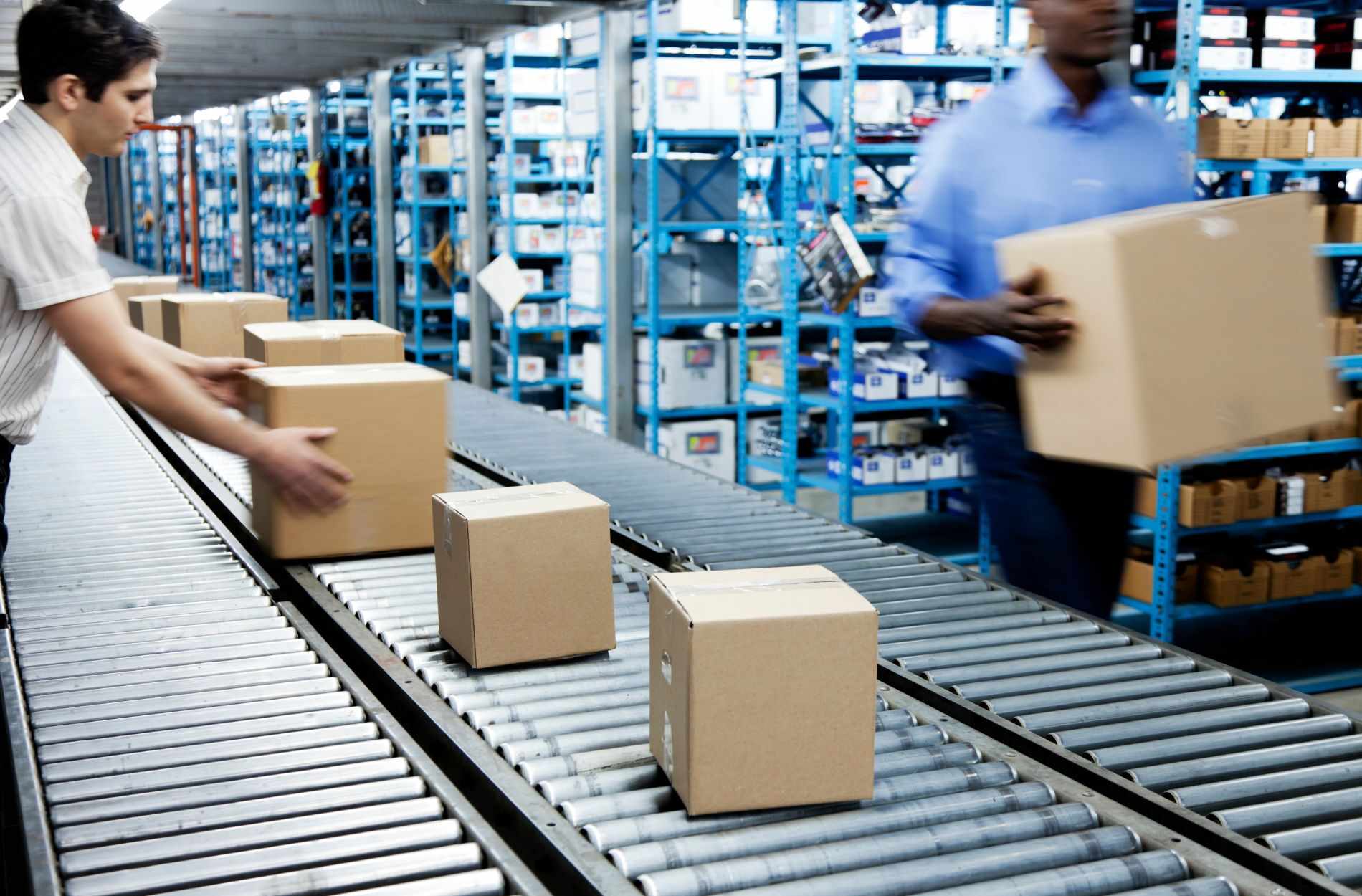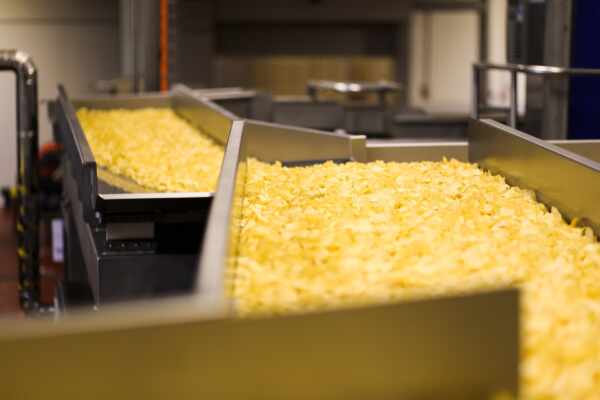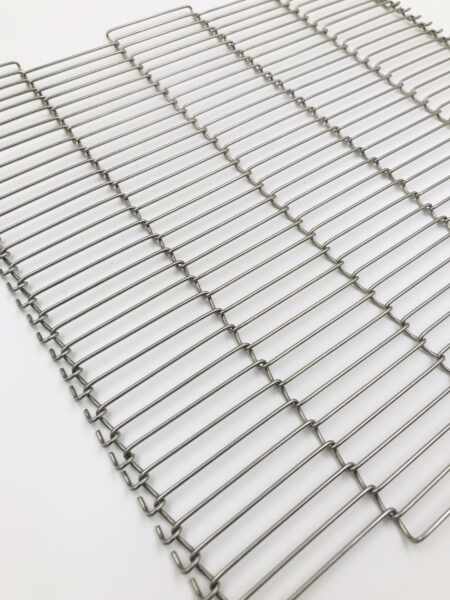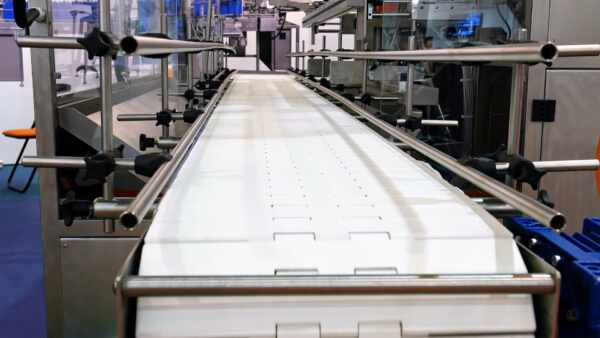Selecting the right conveyor belt material is a crucial decision for any business, as these belts play an essential role in streamlining the production processes and maintaining the efficiency of your operations.
Conveyor belts are designed to operate under various, often demanding conditions, and the choice of material can impact the belt’s performance, durability, and safety. From food processing plants and pharmaceutical facilities to manufacturing, assembly lines, and logistics, the conveyor belt material must be carefully chosen to suit the specific needs of each unique industry.
In this comprehensive guide, we will delve into the importance of selecting high-quality conveyor belt materials for your facility’s operations. We will examine key factors to consider when choosing the most suitable materials, explore popular material options, as well as discuss the critical role of industry standards and regulations in ensuring safety and quality.
By understanding the material options available and which suits your specific operational requirements best, you can make informed decisions that enhance your facilities’ productivity, safety, and longevity in continuous operation.
Harnessing the expertise of conveyor belt specialists such as Change Parts Pty Ltd can help you navigate these choices and provide you with tailored solutions and high-quality products that maximise the efficiency and safety of your facility. By adopting a proactive approach to selecting quality materials, you can invest in a conveyor belt system designed for optimum performance, durability, and adherence to critical industry regulations.
Elevate the efficiency and safety of your conveyor belt system with high-quality materials tailored to your specific industry needs. Speak with the experts at Change Parts Pty Ltd to explore the wide range of material options available and receive customised solutions to elevate your facility’s performance and longevity.
Key Factors to Consider When Selecting Conveyor Belt Materials
Understanding the essential factors affecting your conveyor belt system’s performance is vital in selecting the ideal material. While the specific requirements may vary depending on your industry, these key factors should be taken into consideration:
- Operating Conditions: Assess the environment in which the conveyor belt will operate, such as temperature, humidity, and presence of chemicals, oils, or acids. This information will be crucial in choosing a material suited for optimal performance under these conditions.
- Load and Force: Consider the load the conveyor belt will carry, and the forces it will be exposed to. A heavy load will require a stronger, more robust material, while a lighter load may not dictate the same requirements.
- Industry Regulations and Standards: Ensure that the selected material complies with necessary industry regulations and standards, such as FDA regulations for food production or GMP (Good Manufacturing Practice) guidelines for pharmaceutical operations.
- Cleanability and Maintenance: Ease of cleaning and required maintenance is another critical consideration, particularly for industries with strict sanitation and hygiene standards.
Popular Material Options for Conveyor Belts
There are various materials available for conveyor belts, each with its unique advantages and disadvantages. The following are some popular options to consider:
- PVC (Polyvinyl Chloride): PVC is a cost-effective and versatile material option, offering excellent resistance to oils, fats, and chemicals, making it suitable for a wide range of industries, including food processing and healthcare. PVC belts are easy to clean, durable, and resistant to abrasion.
- TPU (Thermoplastic Polyurethane): TPU provides a robust, flexible, and durable conveyor belt material with excellent resistance to wear, tear, and extreme temperatures. It is ideal for applications where flexibility, puncture resistance, or transparency is required, such as in food processing or packaging.
- Rubber: Rubber is a popular choice for industrial applications, providing excellent abrasion resistance, tensile strength, and durability. It is available in various formulations, such as nitrile for oil resistance or neoprene for heat resistance, allowing for customisation to specific requirements.
- Steel and Metal: Steel or metal conveyor belts, such as wire mesh or chain belts, offer high strength and durability, making them ideal for high-temperature applications, heavy loads, or long-term, continuous operation. However, they may not be suitable for industries with stringent hygiene requirements, such as food and pharmaceuticals.
- Modular Plastic Belting: Modular plastic belts offer advantages like easy repairs, hygienic design, and resistance to various chemicals. These belts are commonly utilised in food and beverage processing, material handling, and packaging industries.
Industry Standards and Regulations for Conveyor Belt Materials
Compliance with industry regulations and standards is critical when selecting conveyor belt materials, as it ensures the safety of your workforce, the quality of your products, and the overall efficiency of your operations. Some critical regulations and standards include:
- FDA Regulations: Conveyor belts that come into direct contact with food products must adhere to FDA regulations, ensuring that the material is non-toxic, won’t impart odour or taste, is resistant to degradation, and can be easily cleaned and sanitised.
- GMP Guidelines: For pharmaceutical and healthcare industries, adherence to GMP is vital to ensure the conveyor belt system meets the necessary high standards of cleanliness, hygiene, and safety.
- HACCP Principles: Hazard Analysis and Critical Control Point (HACCP) principles provide a systematic approach to identifying and controlling potential food safety hazards in food processing and production industries. Conveyor belt materials must contribute to effective implementation of HACCP principles throughout the production process.
Conclusion
Selecting high-quality conveyor belt materials tailored to suit your specific industry needs is a crucial step in ensuring efficient production and safety within your facility. By evaluating key factors such as operating conditions, load and force, industry regulations, and cleanability, you can make informed decisions that contribute to the longevity and success of your conveyor belt system.
From PVC and TPU to rubber and steel, various material options are available, each offering a unique set of advantages and disadvantages. Partnering with conveyor belt specialists like Change Parts Pty Ltd can provide valuable guidance and support in navigating these choices and delivering customised solutions that maximise your facility’s productivity and regulatory compliance.
Ultimately, investing in quality conveyor belt materials ensures optimum performance, durability, and safety in your operations, contributing to the long-term success and sustainability of your facility.
Contact Change Parts Pty Ltd today to transform your conveyor belt system with premium materials designed to meet your industry requirements. As leading conveyor belt manufacturers, we offer customised solutions to enhance safety and efficiency, ensuring your facility performs optimally for years to come. Don’t settle for subpar materials – elevate your conveyor belt system now.




